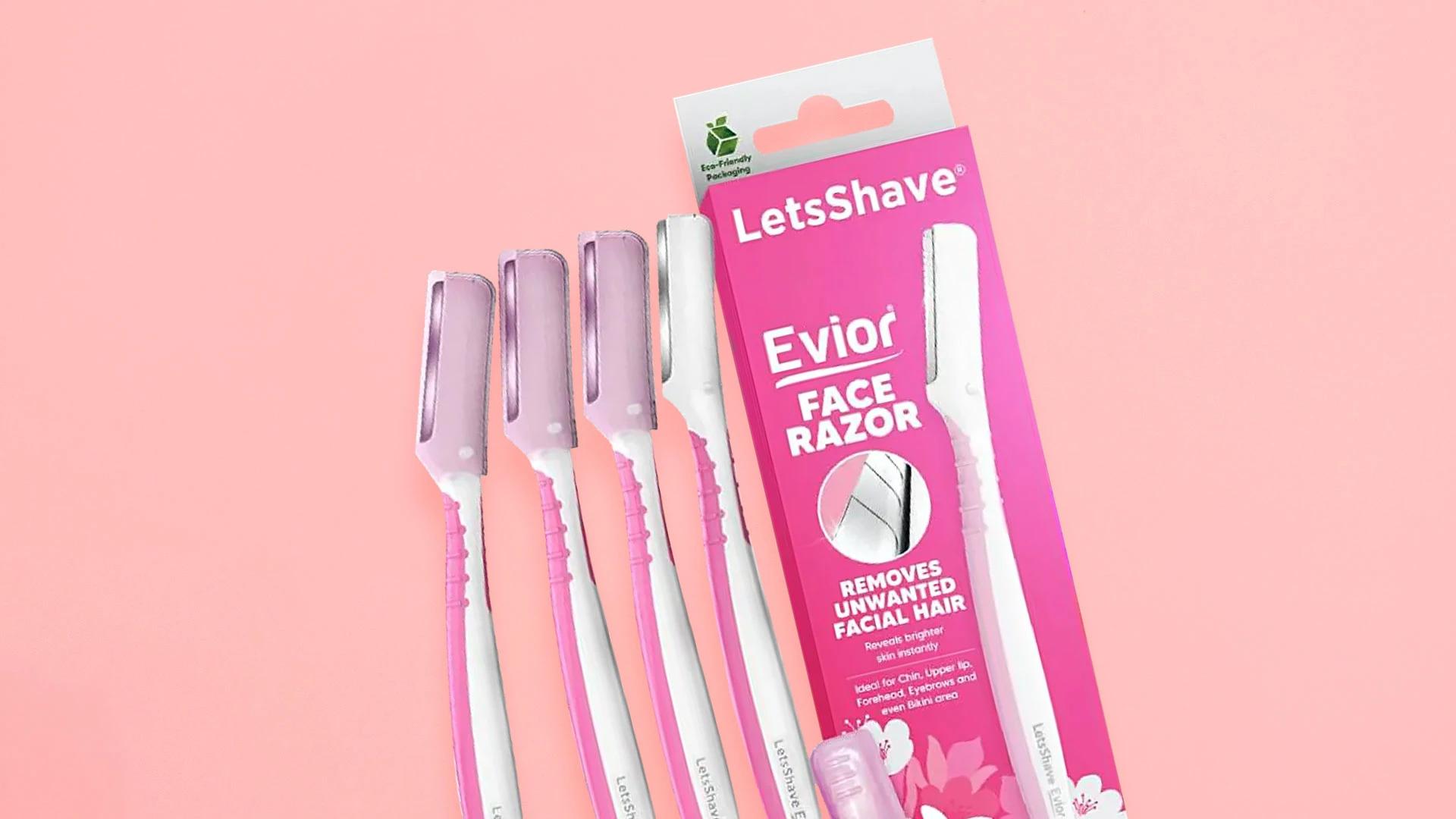Facial Hair Removal FAQs: Your Sensitive Skin Questions Answered


 100 gm
100 gmHair Removal Cream, For Sensitive Skin
Facial hair removal is a common concern, especially if you have sensitive skin. Finding the right method is all about balancing effective techniques with tender care. In this blog, we answer your FAQs with real talk and easy-to-follow tips covering everything from natural facial hair removal remedies to the best skin care after hair removal. Let’s dive into a world of gentle hair removal methods and smooth skin techniques while exploring holistic beauty solutions.
Facial hair removal for sensitive skin can be tricky due to the risk of redness or dryness. It’s important to choose methods that offer effective results without harsh impacts. Whether you try non-invasive hair removal or opt for facial hair removal for women, the right balance is key.
Consider these options:
Start with a gentle cleanser to remove impurities. Skip heavy exfoliation before your procedure to avoid extra sensitivity.
Natural facial hair removal is a fantastic approach for those seeking hair removal for sensitive skin. It offers a gentler alternative using everyday ingredients that work with your skin. This method is a great addition to your wellness and grooming tips.
 60 gm
60 gmHair Removing Cream For Intimate Skin
This DIY remedy is popular for its ability to reduce hair growth while soothing your skin.
Sugaring uses ingredients like sugar, lemon, and water to offer a natural alternative that tends to be less irritating than waxing.
Taking care of your skin after hair removal is essential for maintaining that smooth skin feel. Post-treatment routines are key to reducing irritation and keeping your skin calm and hydrated.
Try a cool compress and dab on some aloe vera gel or a calming moisturizer. These steps help reduce redness and inflammation.
 Pack of 3
Pack of 3Facial Wax Strips for Normal to Sensitive Skin
Stay clear of products with alcohol, fragrance, or retinol immediately after your treatment. Stick to gentle, non-comedogenic skincare that supports self-care and hair removal.
Women often seek routines that combine effectiveness with care. Methods like electric razors and dermaplaning deliver facial hair removal for sensitive skin with a focus on safety.
Designed for facial use, these razors minimise the risk of cuts and irritation, offering a non-invasive approach.
This method uses a small blade to remove peach fuzz while mildly exfoliating your skin, giving you that flawless finish.
Laser hair removal and sugaring are safe bets, but a chat with your dermatologist is always wise.
 Pack of 3
Pack of 3Facial Wax Strips for Normal to Sensitive Skin
Electrolysis and laser treatments tend to offer the best long-term results.
This varies by method: shaving every 1–2 days, waxing every 3–4 weeks, and laser sessions every 4–6 weeks can work well.
Yes, ensure you select creams specifically formulated for sensitive skin and perform a patch test beforehand.
Risks include redness, irritation, ingrown hairs, and allergic reactions. Good preparation and aftercare can keep these at bay.
Facial hair removal for sensitive skin needs a thoughtful mix of suitable techniques and aftercare. Whether you lean towards natural facial hair removal or non-invasive methods, your skin deserves the best care possible. With these wellness and grooming tips, you can confidently pick the method that suits your skin type and lifestyle. Try It All and discover methods that might just become your new fave.